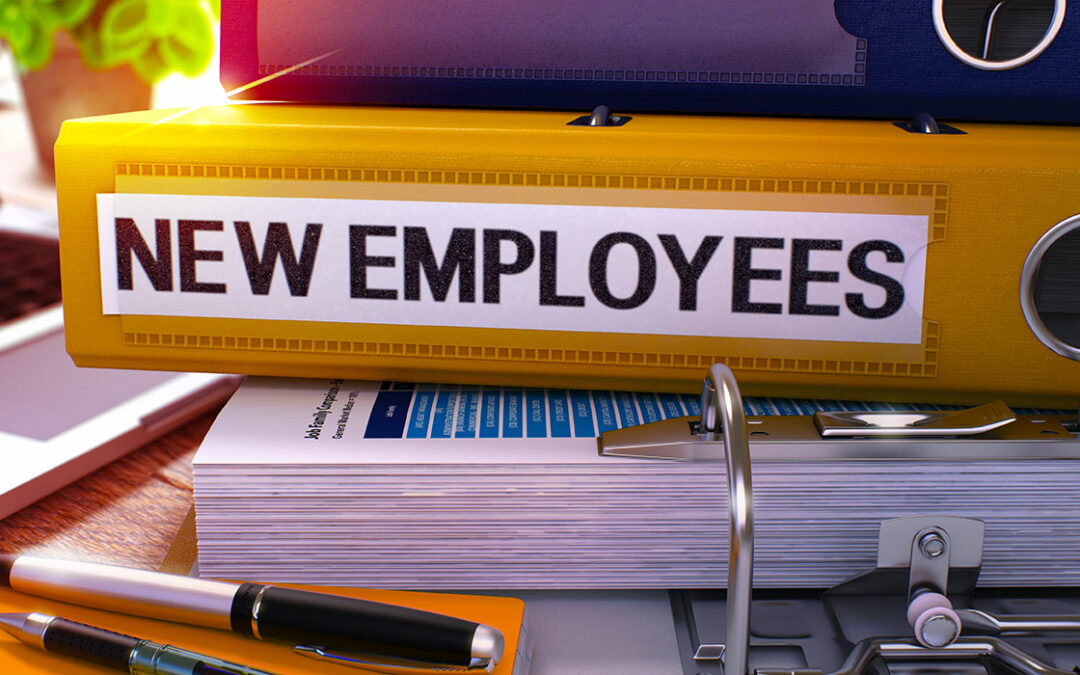Every business is affected by consumer demographics, some more than other and some in different ways than others. Let’s take a look at a few general consumer demographics nationwide:
Age & Generation
As the population ages, the buying influence of different generations changes. The baby boomers generation, which includes those born in the post-WWII baby boom, has shrunk to 70.4. Generation X now comes in at about 65.2 million. The most-talked about generation from a consumer demographics perspective is the largest — millennials come in at about 73.2 million. And don’t forget about those 86 million Gen Zs whose buying power comes from about 67.8 young people as of 2021. That sounds like a lot of people, and it is, but keep this in mind as well – the overall rate of population growth is declining and is expected to continue to do so. Fewer people means fewer customers in the long run.
Family status
Family dynamics are also changing. Families with two working parents are the most common family unit, followed by single parent families. This consumer demographic may seem a little boring, but it gets more interesting as you dig deeper. Research also shows that about one in five Americans live in a multi-generational household and one in ten children lives with a grandparent. With birth rates in decline and pet ownership increasing, households with dogs far outnumber those with children.
Gender
Consumer demographics are predictably split by gender, but that half-and-half rule does not apply to purchasing power. Spending research suggests women influence the vast majority of consumer spending in the U.S.
What Do Consumer Demographics Mean for Convenience Stores?
As a convenience store owner or manager, you will view general demographic information differently than a clothing retailer or an online store. Trends in national consumer demographics are important, but what you see happening in your own town and neighborhood will have the most impact on your marketing decisions. Knowing your customers — especially your loyal customers — goes far beyond what you read about consumer demographics. It means understanding what customers expect from you and your staff and what they want from the companies they do business with.
Train Your Staff to Know Your Customers
The more your staff understands your customers, the better they’ll be able to serve them. Our convenience store training programs teach the skills your employees need to succeed.





